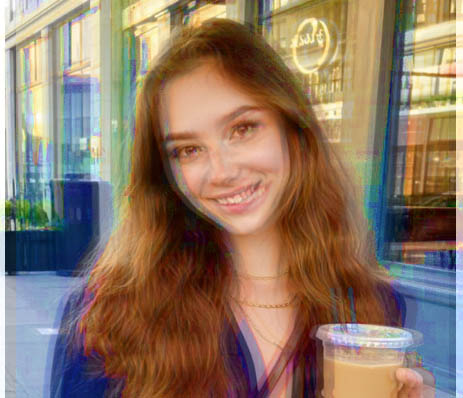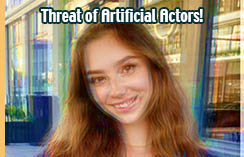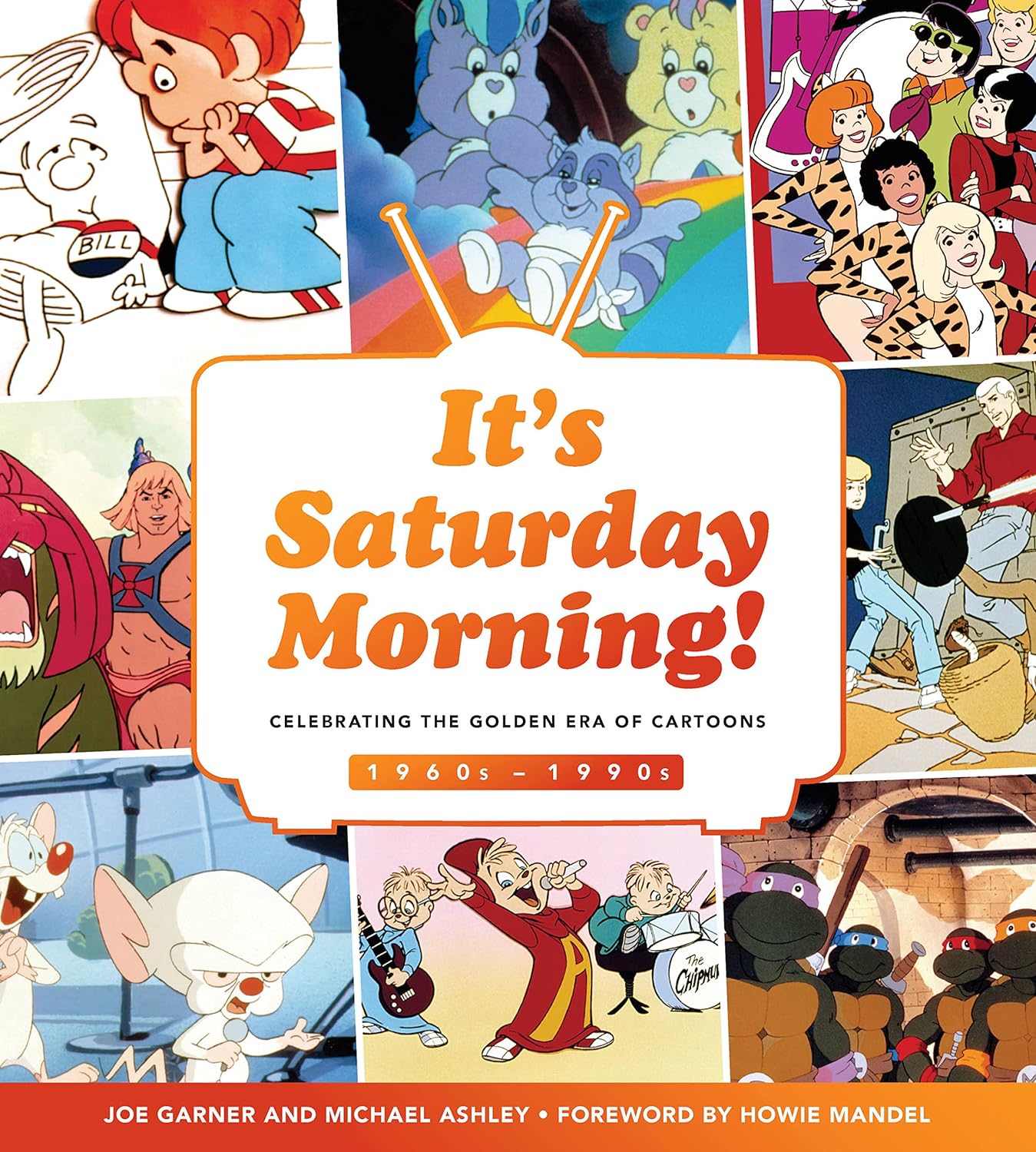|

The Threat of Artificial Actors
by Jim Longworth
Hollywood built its reputation on fantasy. Studio bosses, make-up artists, and publicity departments spent tons of money and countless hours making us believe that what we saw on screen was real. We didn’t know that Clark Gable had false teeth, that Bogey wore a toupee, that Rock Hudson was gay, or that Lassie wasn’t a female. But now the tables are starting to turn. Soon instead of issuing fake news about real actors, publicists will issue real news about fake ones. When that happens, you can blame it all on Tilly Norwood.
Tilly is an artificially generated woman created by Eline van der Velden who is a producer for Particle6 and its UK-based Xicoia studios. Tilly, who Xicoia describes as a digital human, had her coming out at the Zurich Film Festival earlier this year, appearing in photos and videos. The AI actress is an amalgamation of countless images and voices, and is a strikingly beautiful young woman with a (sometimes) slight British accent.
Her debut comes on the heels of a campaign by talent unions to fight against unauthorized use of human actors’ voice and likeness. But since Tilly doesn’t look or sound like any one particular actress, then van der Velden and Xicoia can’t be sued, much less stopped from selling Ms. Norwood’s services to film and television companies. Upon seeing Tilly, award-winning actress Emily Blunt told Yahoo Entertainment, “Good Lord, we’re screwed. This is really, really scary.”
SAG-AFTRA agrees. In a statement issued last month, the organization said, “Our union is opposed to the replacement of human performers by synthetics. (Tilly) has no life experience to draw from, no emotion and, from what we’ve seen, audiences aren’t interested in watching computer-generated content untethered from the human experience….it puts actors out of work, jeopardizing performer livelihoods and devaluing human artistry.”
Hey SAG-AFTRA, you’re exactly 100 years too late to be complaining about artificially generated content. In the 1925 silent film “The Lost World” (as well as in its 1961 remake), actors appeared alongside stop motion dinosaurs. By 1973 “Westworld” became the first film to use CGI with live action. In 1982 “Tron” featured CGI-created live characters and objects, and in 2009 “Avatar” was absent of any live actors altogether. Human actors might have complained along the way, nevertheless, they agreed to appear on screen with artificial characters and objects because they were paid well to do so.
There are, of course, advantages to studios for using AI-generated performers like Tilly. For one thing, she will work for less pay than human actors and, as Eline van der Velden said, “She will be endlessly adaptable, always available, and immune to scandal.” It is just a matter of time before Xicoia creates a male version of Tilly and then you’ll probably hear objections from the likes of Daniel Day Lewis and Tom Cruise. But even then, it is the female artists who will feel most cheated by the AI storm because they were finally making some progress in the equal pay department. Actresses are also better protected now from sexual harassment than ever before, freeing them up to concentrate on the work instead of lodging complaints with HR. But all that progress could be moot if Tilly Norwoods start getting all of the jobs.
For now, though, established stars don’t have much to worry about because audiences aren’t going to prefer Tilly Norwood over Sydney Sweeney. However, in due time, AI-generated performers could be on the same footing with young, up and coming actresses, and that’s when the job market for human performers could dry up quickly.
Call me old fashioned, but I prefer my film fantasies to be created by real people who act fake instead of the other way around. |

It is what it is!
Amazon Prime - unlimited streaming
of your fave TV shows and movies!
Get your FREE 30 Day Trial!
PR4 & PR5 Pages for Advertising
|









